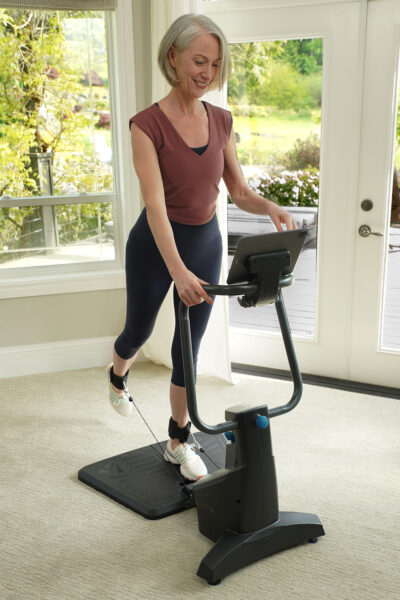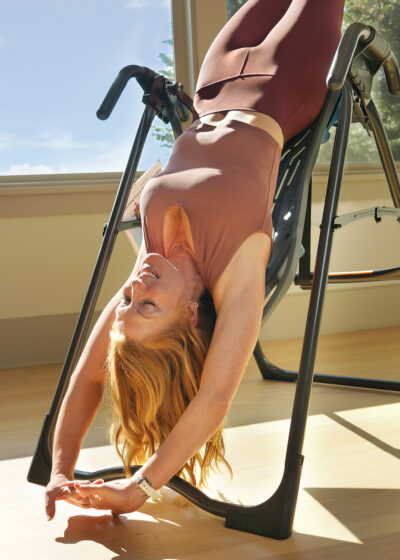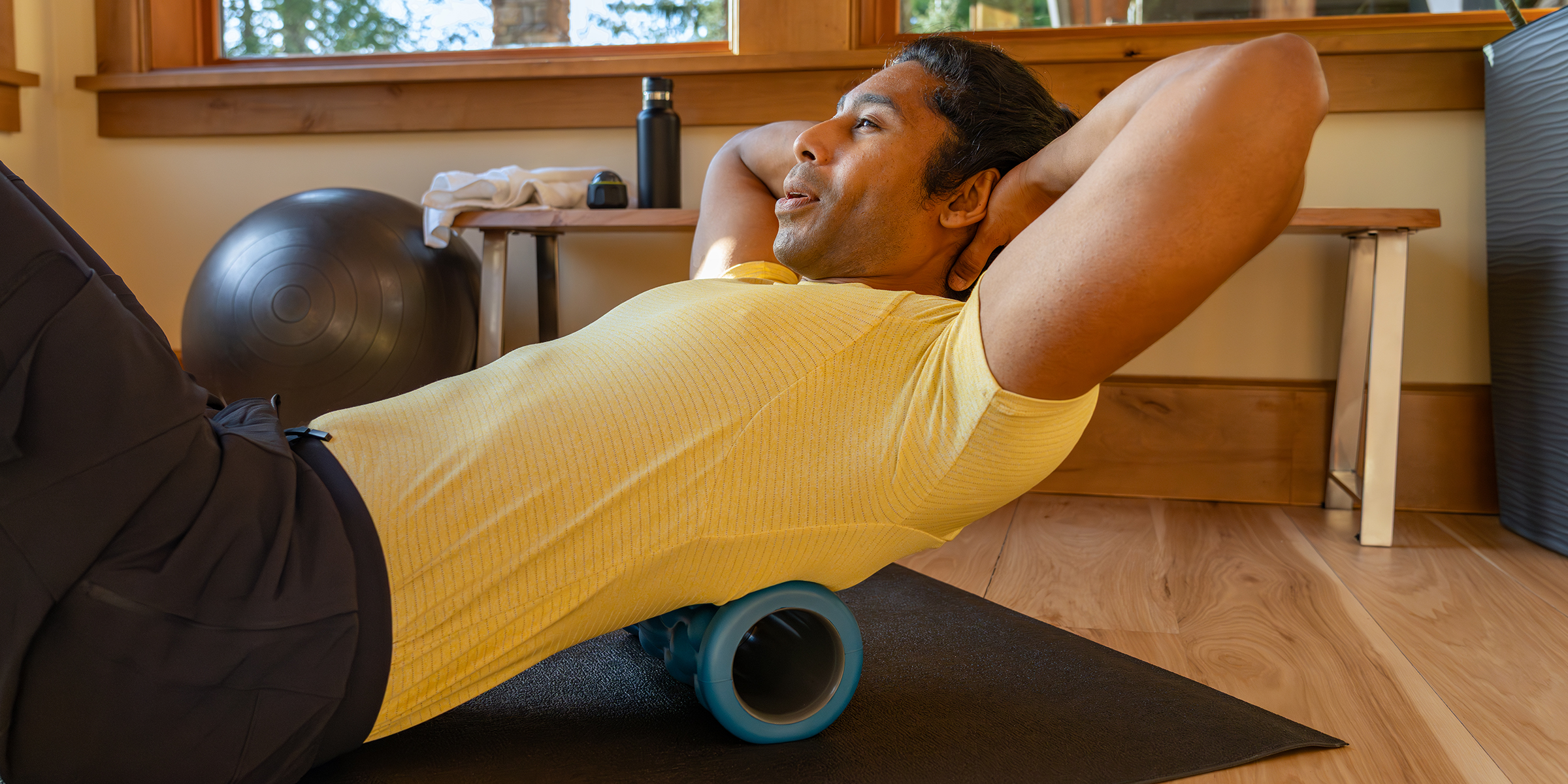Active recovery days are a great way to boost your fitness and prevent injuries. Unlike passive recovery, which involves being completely inactive, active recovery uses light movement to help your muscles repair, reducing soreness and enhancing your overall flexibility. By doing gentle movements, you encourage blood flow, clear out metabolic waste, and keep yourself flexible for future workouts.
Research has found that active recovery helps reduce blood lactate levels, leading to faster muscle recovery and improved performance. Additionally, a study has found that low-intensity movement enhances flexibility and reduces post-exercise stiffness, making it an essential part of any fitness regimen.
Active recovery days do more than just provide physical benefits; they are also important for keeping our hormones balanced and supporting our mental health. These days help manage cortisol levels, which is a stress hormone that can lead to muscle breakdown and fatigue if it stays high for too long. Active recovery also helps release human growth hormone (HGH), which is important for repairing and rebuilding muscles. Research indicates that light physical activity can lower anxiety and boost mood, which helps prevent burnout and improves overall mental strength.
If you’re passionate about fitness and want to improve your performance, or if you’re recovering from an injury, using the right recovery methods can keep you active without pushing yourself too hard. Here are some benefits of active recovery and how Teeter products can help you along the way.
The Benefits of Active Recovery
Active recovery is important for helping your body recover from intense workouts and avoiding burnout or injury. Key benefits include:
- Reduces Muscle Soreness – Engaging in light movement boosts blood flow, which helps eliminate lactic acid and other waste products that can cause soreness after exercising.
- Enhances Flexibility & Mobility – Low-impact activities keep your joints and muscles flexible, reducing stiffness and improving how easily you can move.
- Prevents Overtraining & Injuries – Even on rest days, staying active with light exercises keeps your muscles engaged without putting too much strain on them, lowering the chances of injury.
- Speeds Up Muscle Repair – Moving around helps send oxygen and nutrients to your muscles, which supports quicker healing and recovery.
- Supports Hormonal Balance – Active recovery helps manage cortisol levels, lowering stress and preventing muscle breakdown while increasing the production of human growth hormone (HGH) to aid muscle repair.
- Improves Circulation & Nutrient Delivery – It increases blood flow to tissues, ensuring that your muscles receive the essential nutrients they need for faster recovery.
- Supports Mental Well-being – Gentle activities like stretching, walking, or light cardio can help reduce stress, enhance your mood, and prevent burnout.
Active Recovery Tips with Teeter Products
Teeter provides a range of products that help make recovery after activity simple and effective. Whether you’re looking for a gentle cardio workout, muscle relaxation, or a method to stretch and unwind, here’s how you can include Teeter products in your recovery routine:
1. Low-Impact Cardio with FreeStep
The FreeStep Recumbent Cross Trainer is perfect for active recovery because it provides a low-impact, full-body workout. Unlike traditional cardio machines, the FreeStep puts less strain on your joints while still keeping you active.
How to Use It for Recovery:
- Set the resistance low and maintain a moderate, steady pace for 15-30 minutes.
- Engage both arms and legs to promote circulation and joint mobility.
- Use after an intense workout to ease muscle stiffness and soreness.
2. Strength and Flexibility with the FitForm Strength Trainer

The FitForm Strength Trainer is great for active recovery because it offers gentle strength training with guided movement. It helps keep your flexibility and mobility while lowering the chances of pushing yourself too hard.
How to Use It for Recovery:
- Select a low resistance setting and perform slow, controlled movements for 10-20 minutes.
- Focus on flexibility-based exercises, such as gentle shoulder presses, controlled rows, and slow squats.
- Use the adjustable resistance to safely stretch and strengthen muscles without strain.
3. Light Strength & Mobility with ProFlex Dumbbells
Strength training on recovery days should focus on maintaining your fitness with low-intensity exercises. The ProFlex Adjustable Dumbbells let you use lighter weights for high-rep, low-resistance workouts to keep your muscles active without putting too much strain on them.
How to Use It for Recovery:
- Choose a light weight (4-8 lbs) and do slow, controlled movements.
- Focus on mobility exercises like shoulder presses, lateral raises, and lunges.
4. Dynamic Recovery with the TeeterBell
The TeeterBell Multi-Grip Weight is designed for a variety of exercises, helping improve coordination, balance, and flexibility while keeping workouts light and effective.
How to Use It for Recovery:
- Try gentle movements like torso twists and seated rows.
- Use controlled swings to engage muscles without overexertion.
- Combine TeeterBell movements with stretching to enhance flexibility.
5. Spinal Decompression & Relaxation with Inversion Tables

For those dealing with back tension or looking for post-workout relief, Teeter Inversion Tables help decompress the spine and promote relaxation.
How to Use It for Recovery:
- Start with a light incline (20-40 degrees) and relax for 3-5 minutes.
- Perform slow, deep breathing while inverted to enhance circulation.
- Use after weight training to relieve spinal compression and improve posture.
6. Muscle Recovery & Relaxation with Teeter Massage & Recovery Products
Teeter also offers targeted massage and muscle recovery tools to aid in active recovery, helping to ease tension and encourage relaxation.
- Massage Foam Roller: Foam rolling is ideal for self-myofascial release, rolling out tight muscles to reduce soreness and enhance flexibility.
- T3 Massager: Easy-to-use 8-in-1 self-massaging tool that helps you relieve tension, boost circulation, and enhance flexibility through self-trigger point therapy and assisted stretching.
- MyoTrak Cushion: Focuses on key areas to relieve tension, loosen tight muscles, and support proper spinal alignment, which can enhance blood flow, reduce discomfort, and help prevent injuries.
How to Use Them for Recovery:
- Use the Foam Roller after workouts to massage sore muscles and enhance circulation.
- Apply the T3 Massager on areas of tightness, such as calves, shoulders, or lower back, for quick relief.
- Use the MyoTrak Cushion on a firm surface to help release knots, improve circulation, and reduce post-workout tightness.
Creating a Sustainable Active Recovery Routine
- Listen to Your Body – Keep the effort low and focus on movements that help you feel better.
- Incorporate Variety – Rotate between different forms of active recovery, such as walking, stretching, and low-impact exercises.
- Hydrate & Fuel Properly – Good nutrition and hydration are important for muscle repair and overall recovery.
- Stay Consistent – Aim for at least one active recovery session per week to maintain mobility and prevent stiffness.
Active recovery is key for long-term fitness and preventing injuries. By incorporating Teeter’s low-impact equipment into your routine, you can stay active, reduce soreness, and improve overall recovery without overtraining.
Check out Teeter’s full range of recovery tools and start enhancing your post-workout routine today!
Exercise Now. Pay Later.
Now you can try Teeter in your own home FREE for 30-Days, 0% APR* with Affirm.
